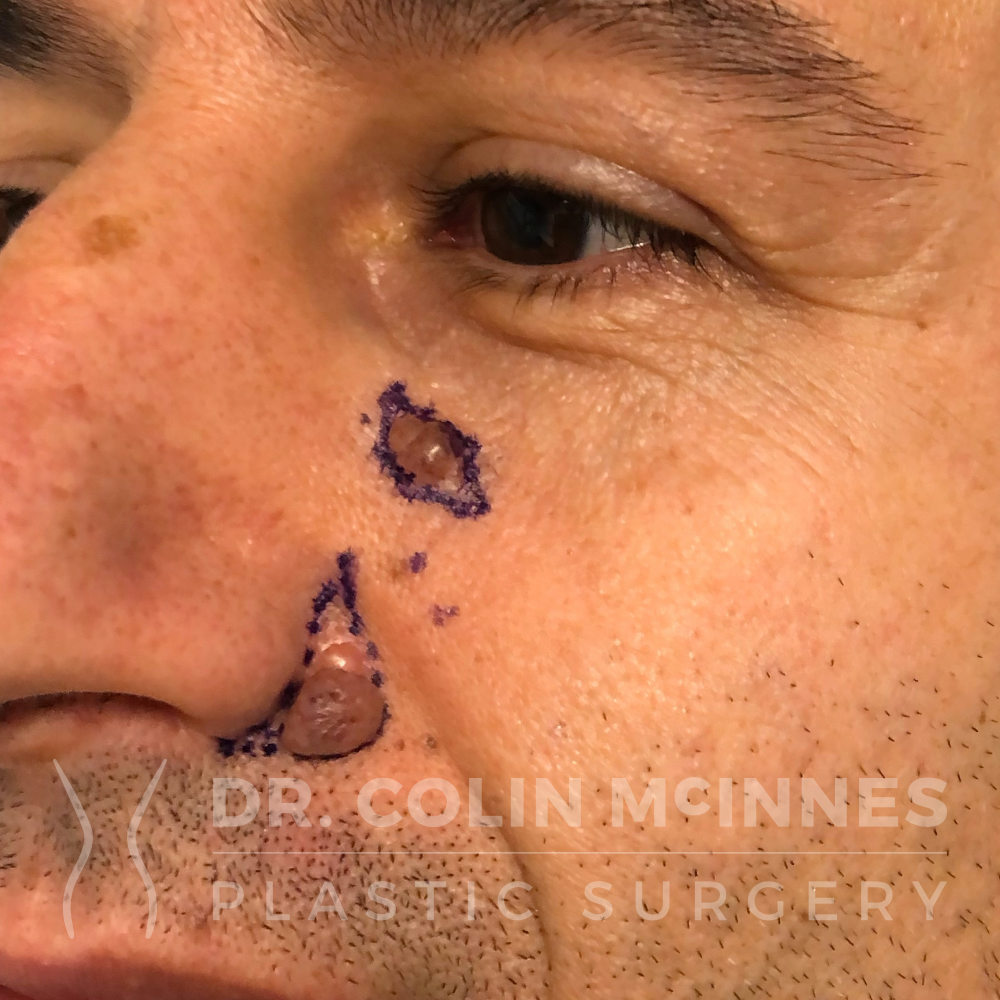Cosmetic Mole Removal
Many patients have nevi or “moles” they don’t like, or various other benign lumps and bumps, and would like them removed. Dr. McInnes excises many benign and malignant lesions every week and is happy to provide this service to surgical candidates. Excision of benign skin lesions is not a benefit of the Medical Services Plan in Canada, much like prescription drugs and physiotherapy. For benign lesions, Dr. McInnes offers excision and closure with meticulous plastic surgery techniques and charges privately.
Candidates
- Individuals without complex medical conditions that would increase the risks of surgery
- Non-smokers (patients must be able to stop smoking at least 4 weeks prior to surgery to decrease their risk of complications)
Consultation
Dr. McInnes will examine the specific lesions/masses of concern, and discuss the procedure with you, including where he will place the scar.
Procedure Details:
These procedures are normally done under local anesthetic, commonly in the office. Most lesions are excised as an ellipse, to minimize the skin puckering that would result from a circular excision. After excision of the area, Dr. McInnes will usually loosen up the surrounding skin before closing it. This allows the skin to re-drape properly without causing contour problems. The sutures may or may not be absorbable depending on the excision location. Often the sutures are hidden entirely below the skin and do not need to be removed. This allows the skin to heal with a straight line, with no visible suture marks. Afterwards, either surgical glue or a small amount of incisional tape (steri-strips) is placed over the incision. If non-absorbable sutures are place, they will need to be removed within 7 days so no suture marks are left.
Recovery
Following your procedure, you will be asked to apply pressure to the area for 5-10 minutes to minimize the risk of bruising. You will be given specific verbal and written instructions on how to care for the surgical site, and what medications to take for pain afterwards (usually just Tylenol and Advil). Antiobiotics are usually not required.
For more detailed instructions, see here
Results & Expected Outcome
The vast majority of patients have excellent results from their procedure. Although this is always expected, like all things in medicine and surgery, there is never a 100% guarantee. Scars take about 1 year to fully mature.
Scar Management
It takes a full year for a scar to mature. Initially after surgery it will be a perfectly flat line, but after a number of days, it will start to become a bit red and inflamed. It will typically start to fade to a pale, white colour after about 6 months. If it gets too much sun while it is healing, it can turn dark, so Dr. McInnes recommends keeping the area out of the sun as much as possible. Techniques include sun-avoidance, long clothing, blocks (eg. a Band-Aid over the area when in the sun), and applying sunscreen (SPF 30) even if it’s cloudy. Dr. McInnes typically recommends using a non-irritating facial moisturizer that contains sunscreen daily.
After 3-4 weeks, assuming the incision is well healed, you may begin scar massage to the area to help soften the scar. I recommend using a lotion or cream that doesn’t irritate your skin, and massaging it into the scar for 5 minutes, several times per day.
At most, a mature scar may achieve 60%-80% of the strength the skin had before surgery. Stretching the scar can lead to unfavourable results, such as a wide scar or hypertrophic scar. It is important to keep this in mind while the incision is healing. For example, if a lesion was excised from the middle of your chest, it would be important not to stretch your arms out too far to the sides.
Risks
There are risks associated with your surgery. Please download the consent form designed by the American Society of Plastic Surgeons (ASPS) for a detailed list and description of the risks involved (found here). Risks of surgery will be discussed prior to your consent. It is important to address all your questions directly with Dr. McInnes.
All lesion excision will leave a scar, however in most cases the scar gets placed inconspicuously in a skin crease. There are certain patients who are predisposed to make keloid or hypertrophic scars, but the vast majority of patients end up with a small, faint scar.
- Mild Bruising
- Mild swelling
- Infection (<5%)
- Incision separation (<5%)
If you are unlucky and have a complication, Dr. McInnes will help you manage it.
Costs
Prices for cosmetic mole surgery will vary based on your individual surgical requirements, number of lesions, size, and the exact procedures you require.
Your quoted cost will include the following:
- Facility fee
- Equipment and supply fee
- Surgeon fee
Before & After Photos
Upper Blepharoplasty, mole removal
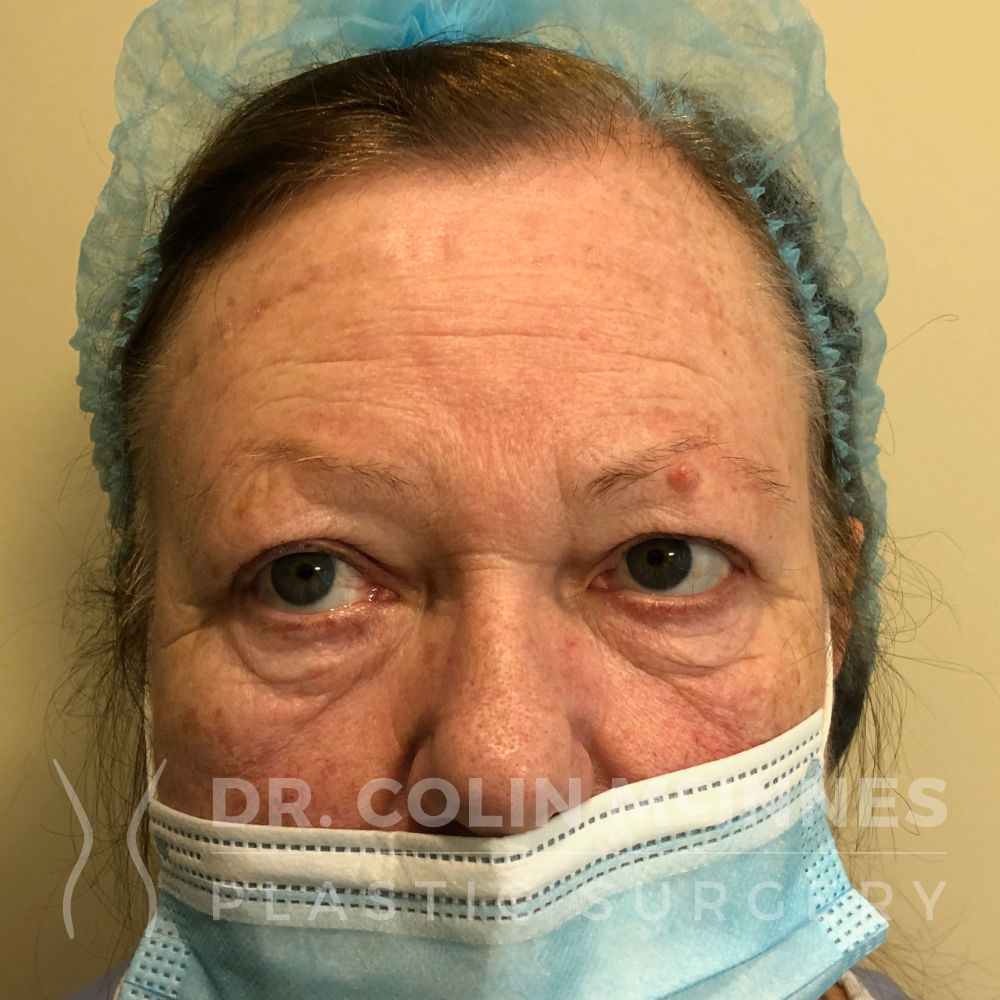
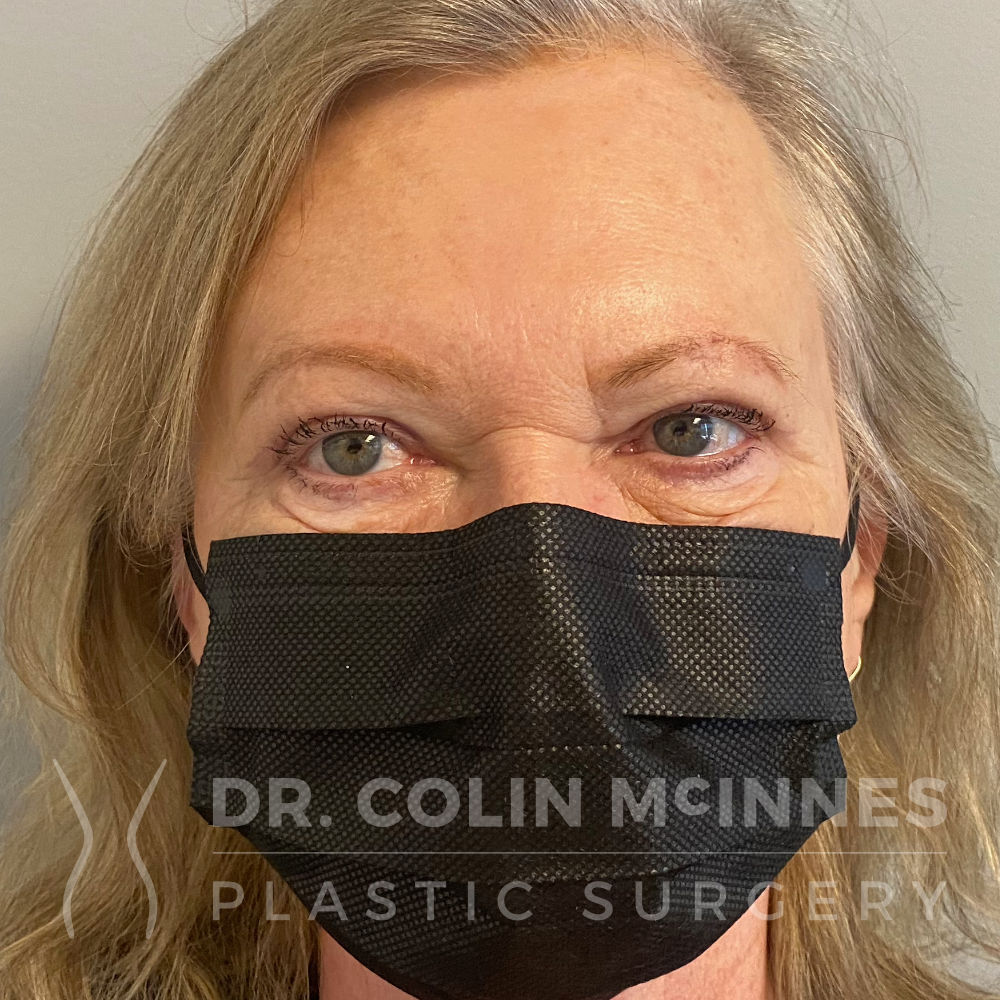
Cosmetic Mole Removal
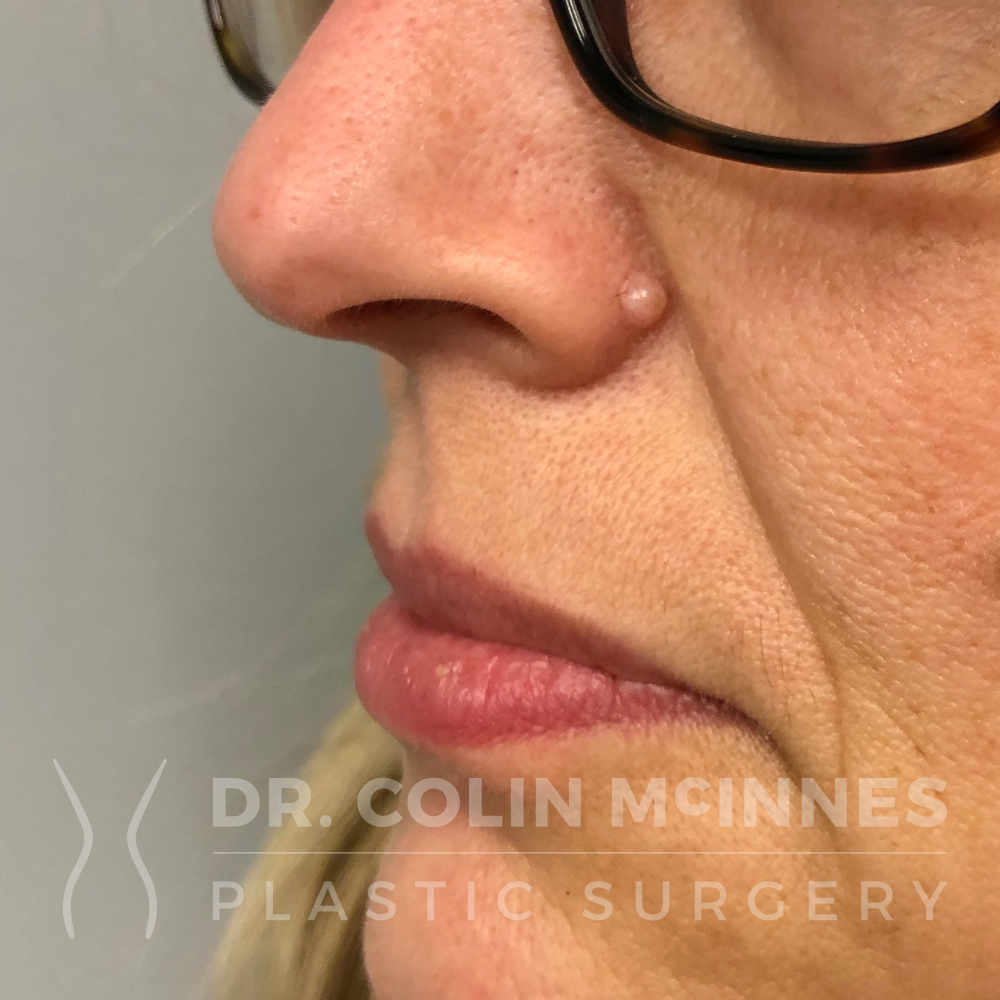

Cosmetic Mole Removal
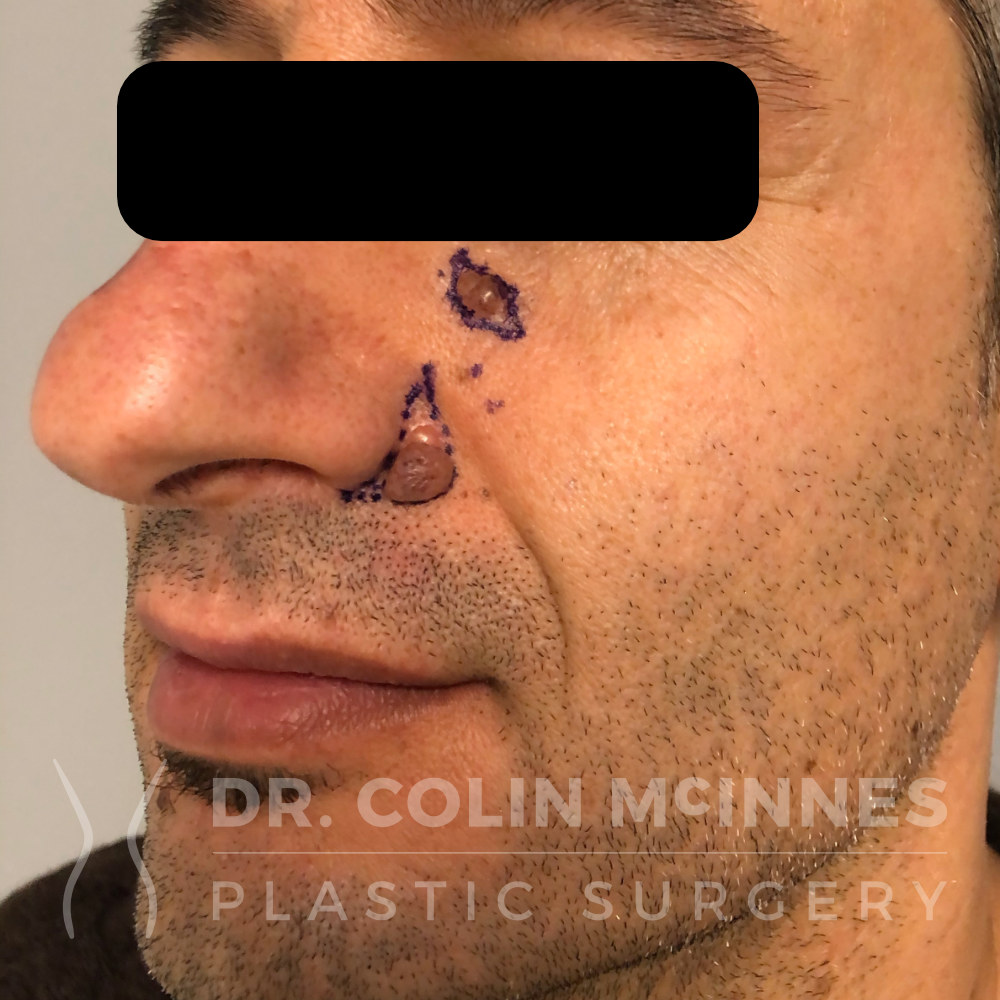
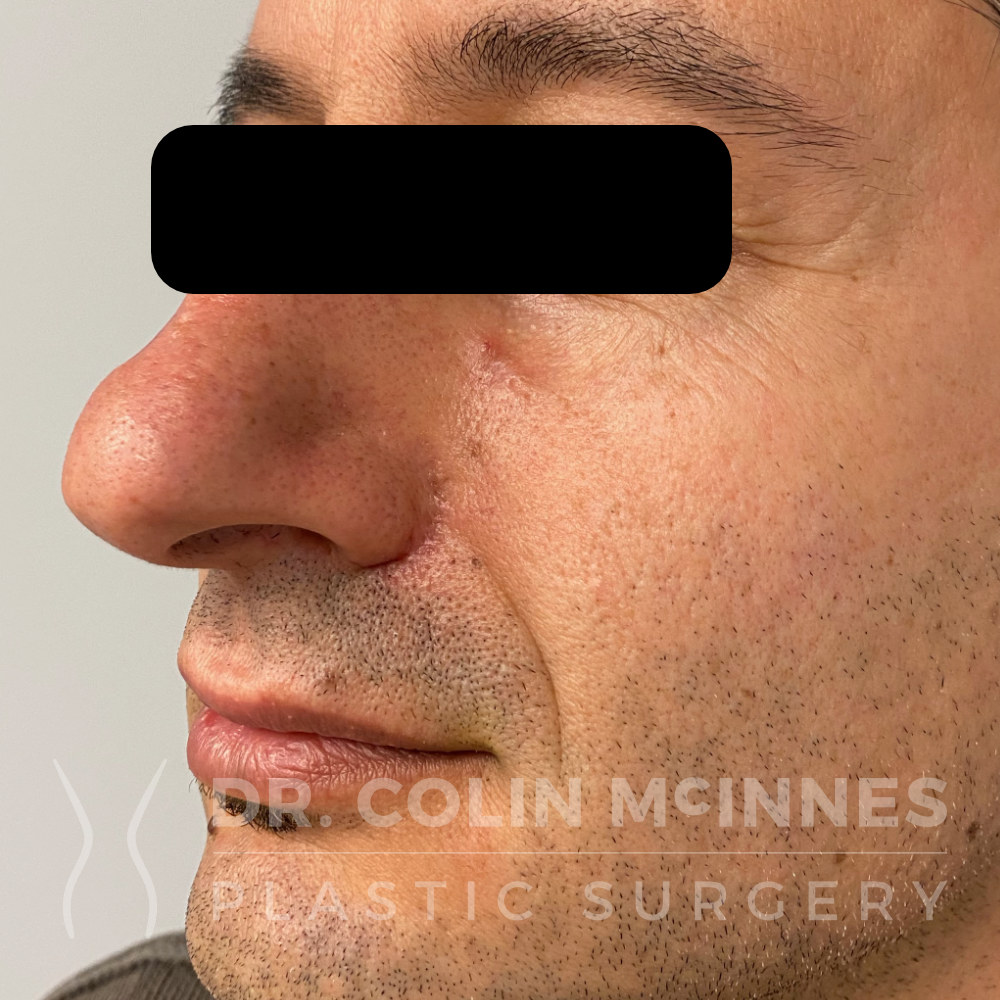
Precision Nevus Excision
